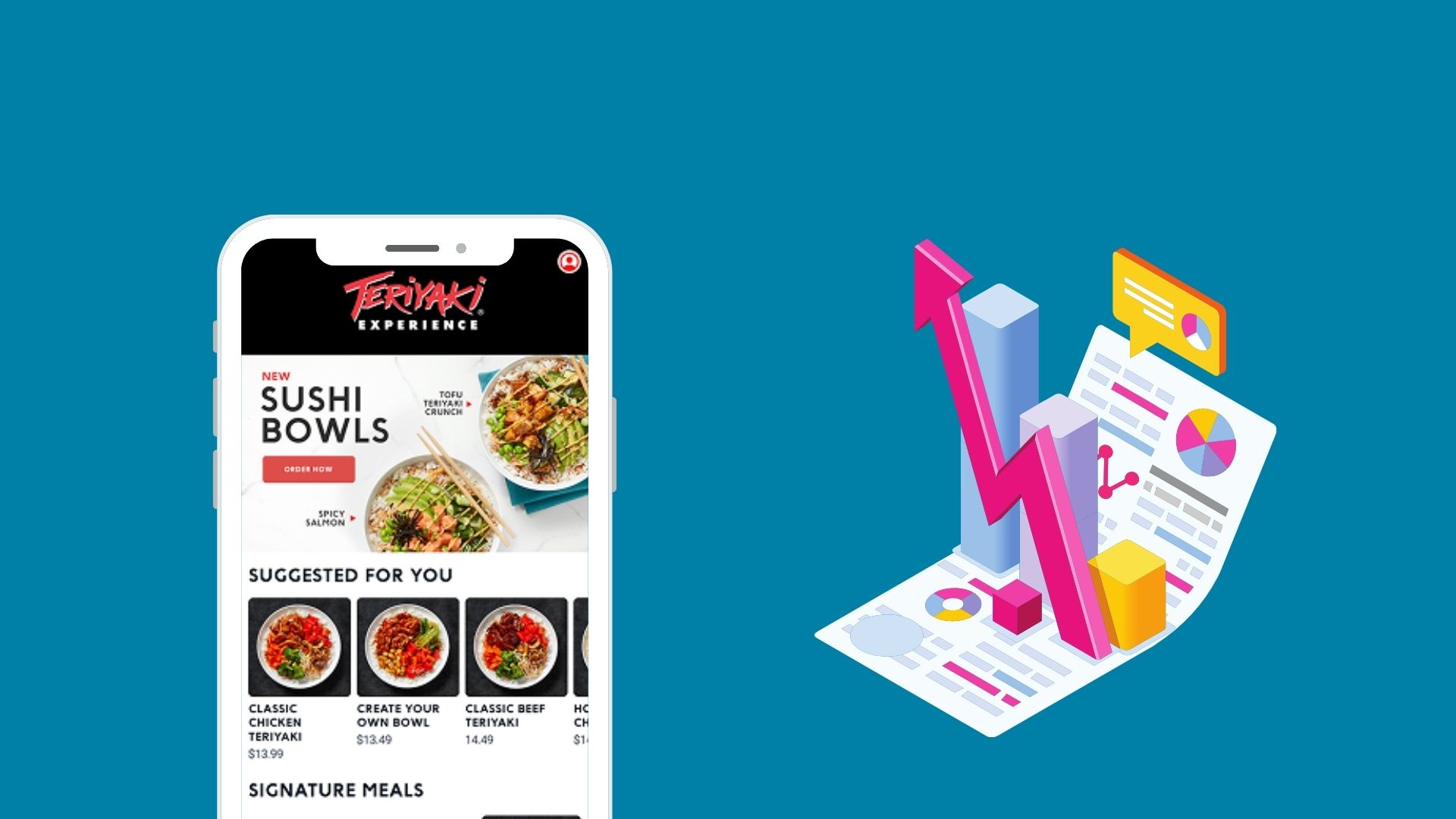Why Conversion Rate Might Be the Most Overlooked Growth Lever in Hospitality
If your strategy for online growth starts with “more traffic,” you might be missing the real opportunity.
Many hospitality businesses rely on third-party aggregators like Uber Eats, DoorDash, and Skip to bring customers to their venue online. These platforms can generate visibility, but they also come with commission fees, limited brand control, and minimal data ownership.
Meanwhile, the brand’s own online ordering funnel is often left under-optimised. And that’s where the real, high-margin opportunity lies.
If your online conversion rate isn’t dialled in, a good portion of the traffic you’re already getting, whether from aggregators, organic channels, or paid ads, is quietly bouncing without placing an order.
That’s not a traffic problem. That’s a funnel problem.
What is a Marketing Funnel?
A marketing funnel is a model that illustrates the stages a potential customer moves through, from their first interaction with your brand to the point of purchase. It's called a “funnel” because it starts wide, capturing a large number of potential customers, and narrows as those customers move closer to making a decision.
Understanding this journey is crucial. It helps hospitality businesses identify where potential guests are dropping off, and what needs to change to convert them.
While models vary slightly, the typical stages of a marketing funnel include:
- Awareness – The customer hears about your venue or offering.
- Interest – They explore your menu or promotions.
- Desire – They begin to form a preference.
- Action – They complete an order or booking.
By focusing on each step, restaurants can tailor their digital experience to guide more guests toward conversion.
For more reading on funnels and how to optimise them, check out:
- Ahrefs: What is a Marketing Funnel?
- SEMrush: Marketing Funnel Explained
- Mailchimp: Building Your Funnel
- Hotjar: Marketing Funnel Stages & Strategies
The Leaky Funnel: What’s Actually Happening?
Let’s say 1,000 people visit your online ordering platform this week.
If your conversion rate is 25%, only 250 of those guests will place an order. That means 700 people who were interested enough to show up leave without converting. That’s a huge chunk of potential revenue slipping through the cracks.
Now here’s the kicker: if you could improve your conversion rate by just 5 percentage points (from 25% to 30%), that small change could translate into a 20% increase in total sales. From the same traffic.
Why Conversion Is So Valuable
Focusing on conversion delivers a kind of return that’s hard to match elsewhere:
- Higher ROI – You’re not spending more on ads or promotions, you’re just making your existing traffic work harder.
- Smarter growth – Conversion improvements compound. Every future marketing campaign benefits from a stronger foundation.
- Better guest experience – Often, conversion blockers are UX issues: unclear menus, too many steps, or lack of incentives. Fixing those helps guests and boosts sales.
How to Start Optimising Your Funnel
The good news is: improving your conversion rate doesn’t require a total overhaul. Here are a few places to start:
- Make it easy to say yes – Reduce steps, simplify choices, and surface best-sellers or popular combos.
- Use urgency and incentives wisely – Limited-time offers or small-value rewards can help nudge undecided guests to place their order.
- Test and measure – Track drop-off points in the funnel and experiment with small tweaks. Even a change in wording or layout can make a difference.
Final Thought: Fix Before You Fill
More traffic is great—but not if your online funnel can’t convert it. Before you spend more budget filling the top, make sure your conversion rate isn’t holding back your revenue.





.jpg)









.png)
.png)


.jpg)






%203.jpg)









%203.jpg)

%203.jpg)


